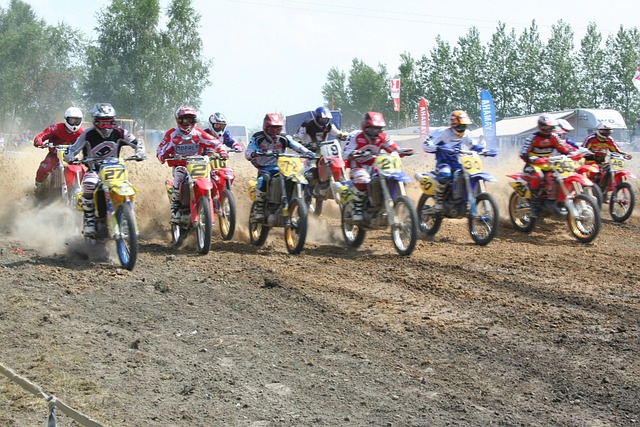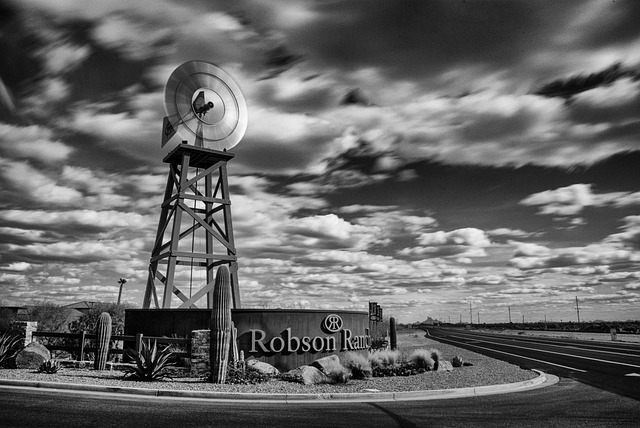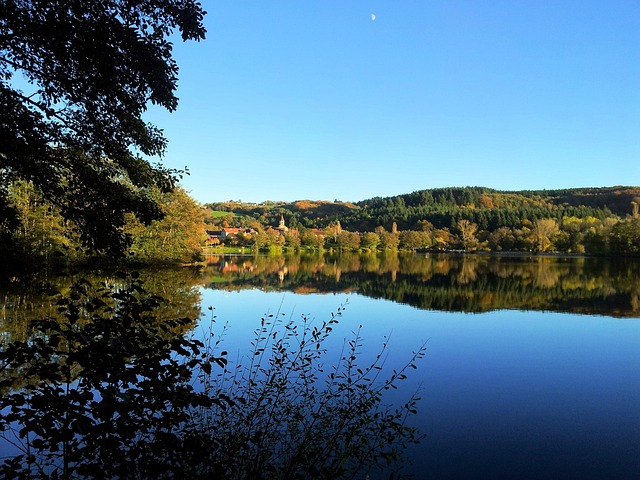Agriculture is a powerful driver of local economies, offering job creation, entrepreneurship support, and improved quality of life through modern farming practices, food processing, and agritourism. Integrating agriculture into city landscapes using underutilized spaces like rooftops and vacant lots, along with eco-friendly building designs like vertical farming, enhances environmental sustainability, reduces food miles, and boosts regional economies. Real estate developers and urban planners play a crucial role in designing innovative agricultural solutions that blend into urban environments, stimulating local economies through farm-to-table initiatives and educational programs while enhancing the quality of urban life.
“In today’s world, agriculture is more than just cultivating crops; it’s the heartbeat of local economies. This article delves into the intricate relationship between farmland and community prosperity, exploring how the agricultural sector sustains and nurtures local economies. We further analyze the potential of real estate development intertwined with agricultural sustainability and present strategies for seamlessly integrating agriculture into urban landscapes, ensuring resilience and vibrancy for future generations.”
The Role of Agriculture in Local Economies: Exploring the Connection Between Farmland and Community Prosperity

Agriculture plays a pivotal role in sustaining local economies, offering a profound connection between farmland and community prosperity. Beyond providing essential food resources, farming activities contribute significantly to regional development by generating employment opportunities, fostering rural entrepreneurship, and enhancing the overall quality of life. The presence of fertile lands and agricultural hubs often attracts investments in related industries, such as food processing, distribution, and real estate. These investments not only modernize farming practices but also stimulate local markets, creating a positive feedback loop that benefits both farmers and residents.
Moreover, agriculture serves as a cultural anchor, preserving traditional practices and strengthening community bonds. Local agricultural products often become iconic symbols of the region, attracting tourists interested in authentic experiences. This agritourism trend not only diversifies income streams for farms but also educates visitors about sustainable farming methods. In turn, these economic opportunities intertwine with local history and traditions, fostering a vibrant sense of place that draws people to stay, work, and invest in the community, solidifying the agricultural base as a cornerstone of regional prosperity.
Real Estate and Agricultural Sustainability: Unlocking Opportunities for Growth and Development

In the pursuit of a sustainable local economy, the intersection of real estate and agricultural practices plays a pivotal role in unlocking new opportunities for growth and development. Integrating green spaces and farming within urban landscapes not only enhances environmental sustainability but also drives economic vitality. The conversion of underutilized urban areas into community gardens or agro-urban farms can provide fresh produce to local markets, reducing food miles and boosting regional economies. Additionally, the real estate sector can facilitate this transition by adopting eco-friendly building designs that incorporate vertical farming or green roofs, thereby creating valuable spaces for agricultural activities within densely populated cities.
This synergistic relationship between real estate and agriculture offers a promising pathway towards a more resilient local economy. Developers and urban planners can collaborate with farmers to create mixed-use projects that blend residential, commercial, and agricultural zones. Such initiatives not only foster food security but also cultivate a sense of community by providing residents with access to fresh, locally grown produce. Moreover, the economic benefits extend beyond agriculture as these sustainable developments attract eco-conscious businesses and tenants, contributing to a thriving local marketplace.
Building a Resilient Future: Strategies for Integrating Agriculture into Urban Landscapes

In today’s urbanized world, integrating agriculture into city landscapes offers a promising strategy for building resilient communities and sustaining local economies. By leveraging unused spaces such as rooftops, vacant lots, and alleyways, cities can transform these areas into vibrant agricultural hubs. This approach not only provides fresh, locally grown produce but also contributes to food security, reduces carbon footprints associated with long-distance transportation, and fosters a stronger connection between residents and their food sources.
Real estate developers and urban planners play a crucial role in facilitating this transition by designing innovative agricultural spaces that seamlessly blend into the fabric of urban environments. These can range from vertical farms utilizing smart technology to create year-round growing conditions, to community gardens where residents actively participate in cultivation. Such integrated strategies not only enhance food sustainability but also stimulate local economies through farm-to-table initiatives, pop-up markets, and educational programs, ultimately enriching the quality of urban life.






